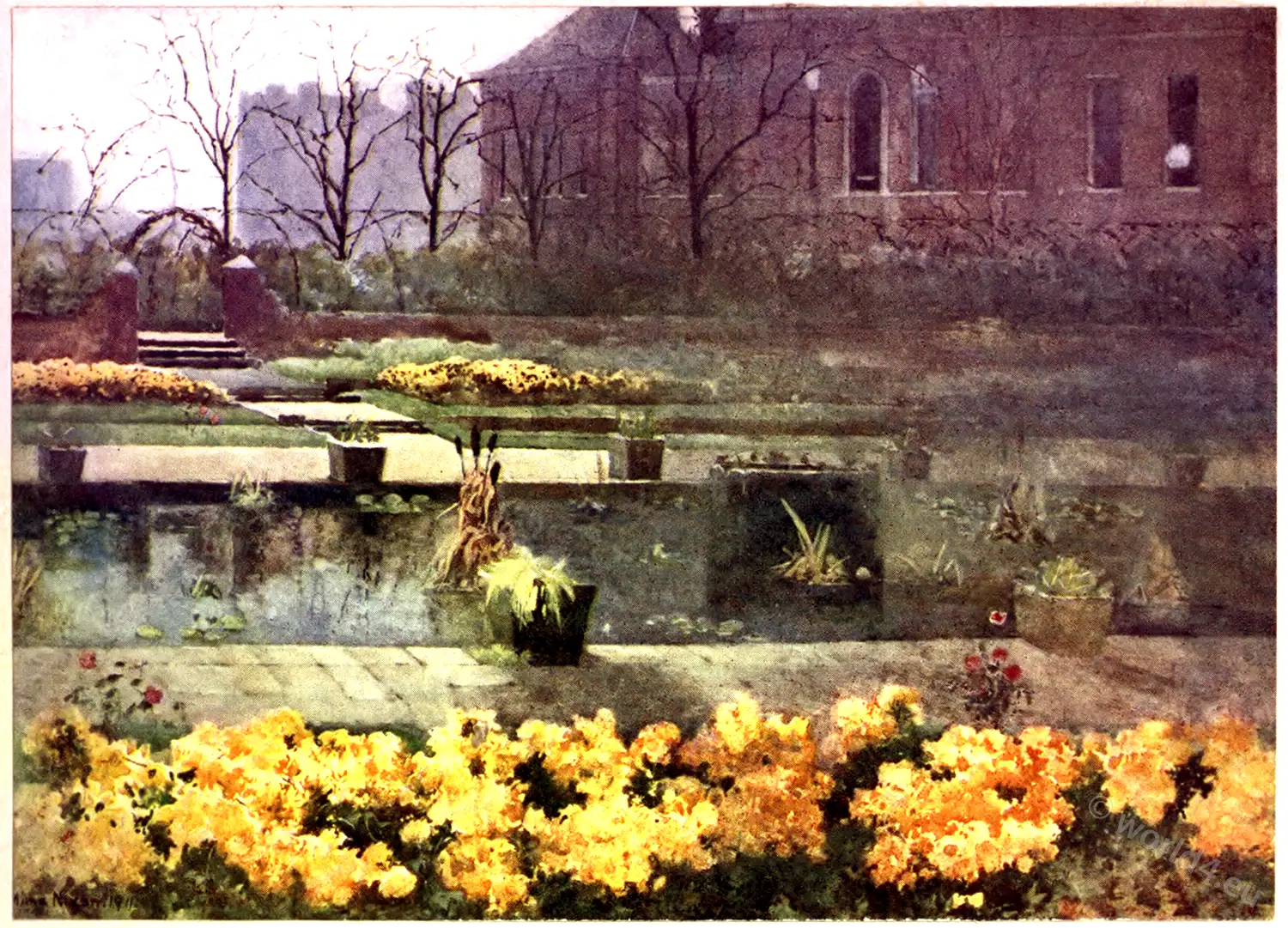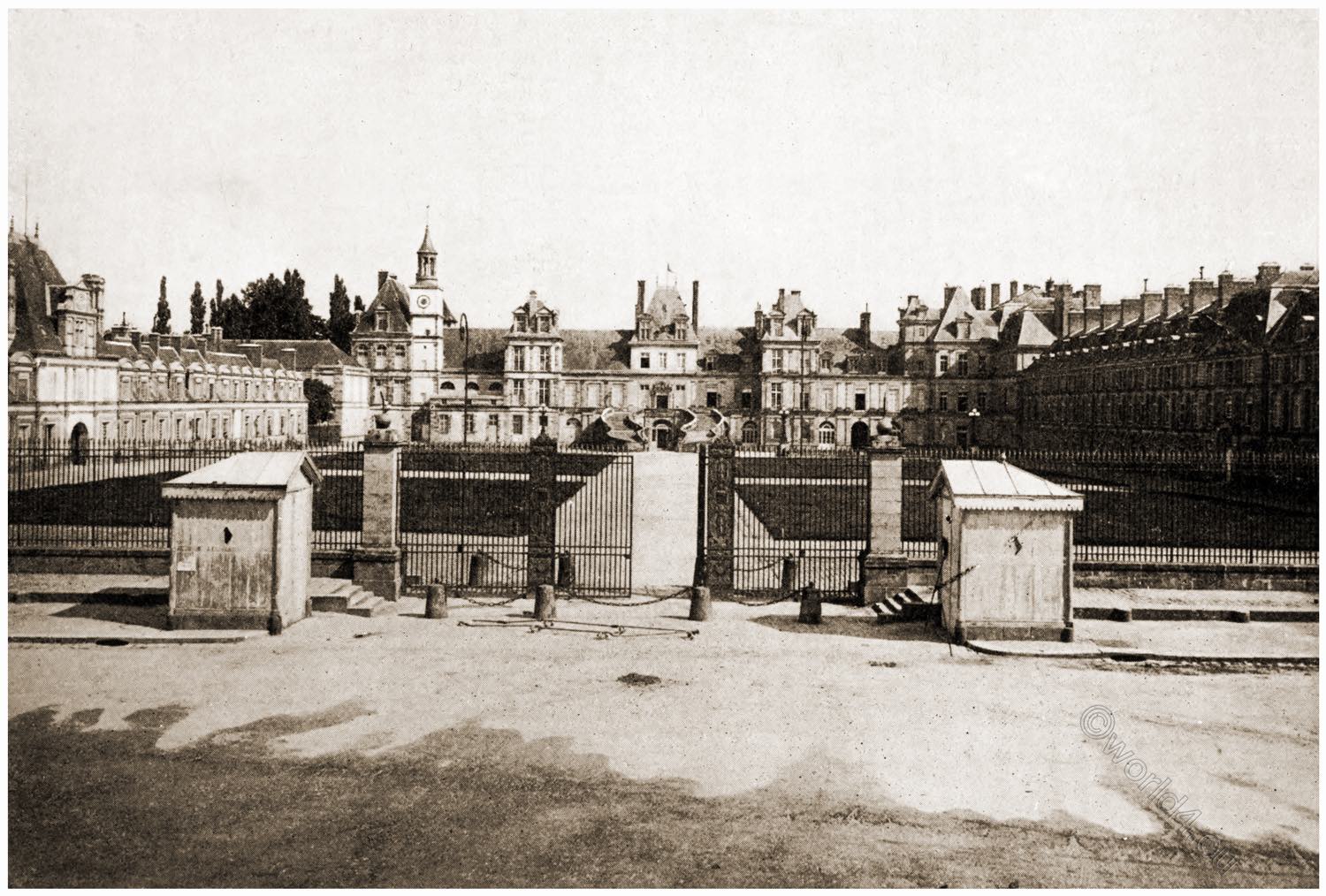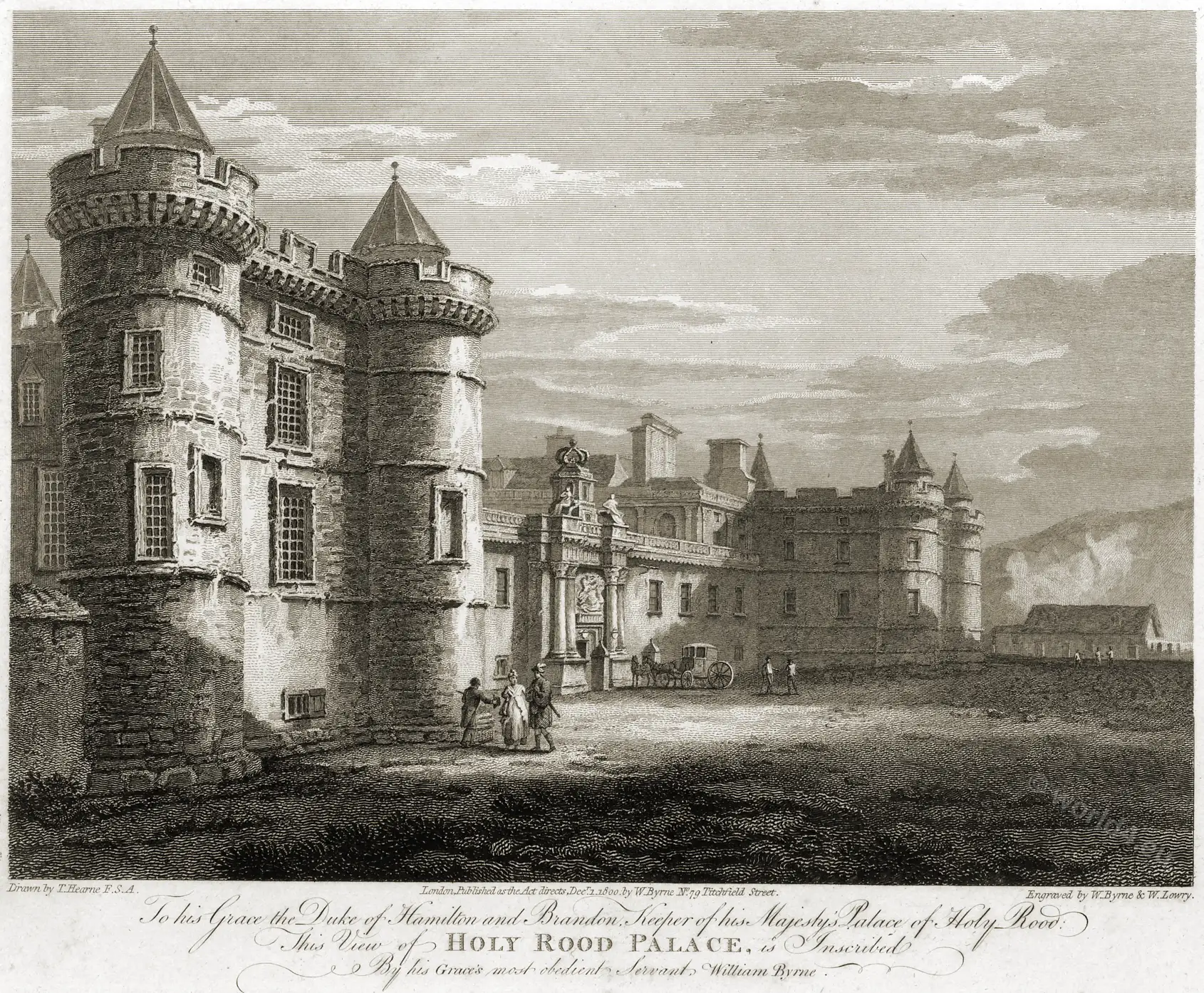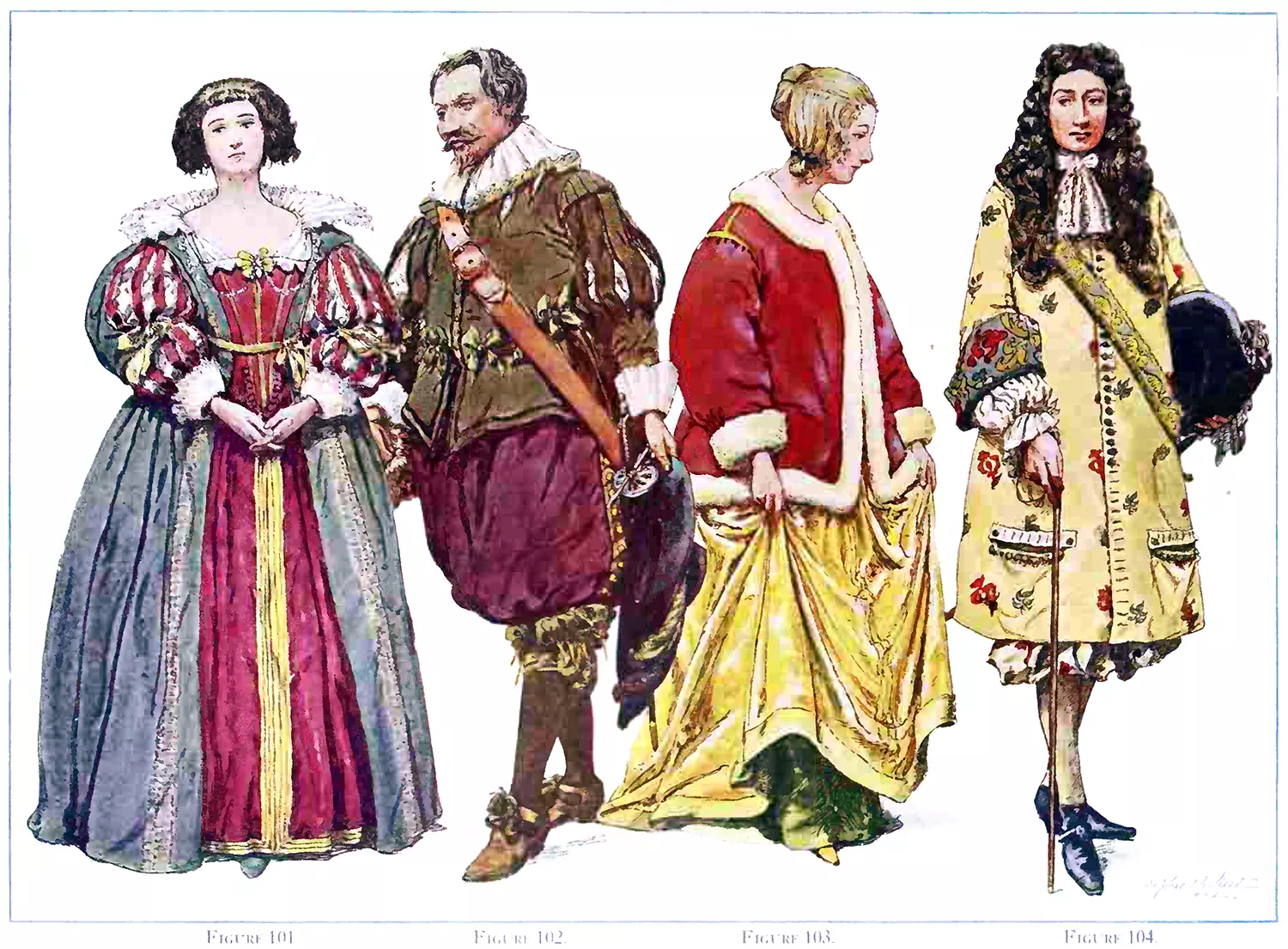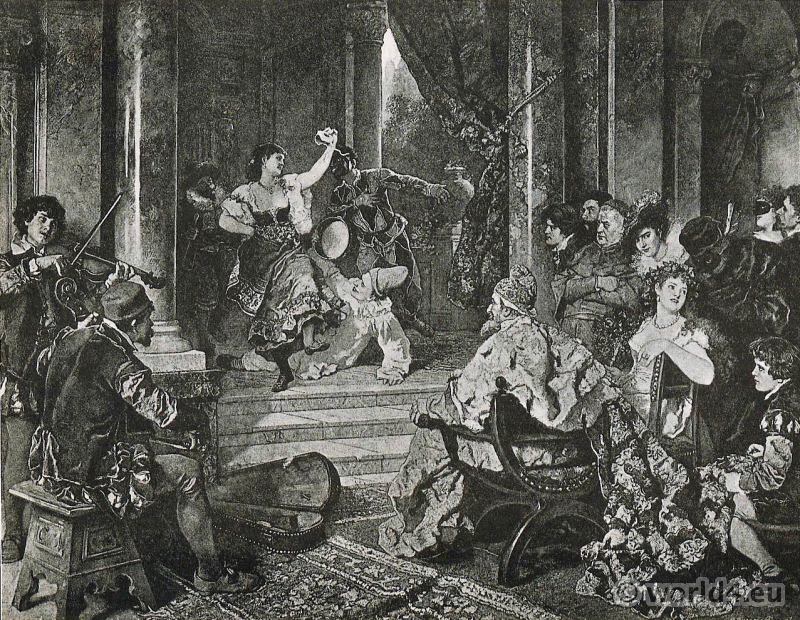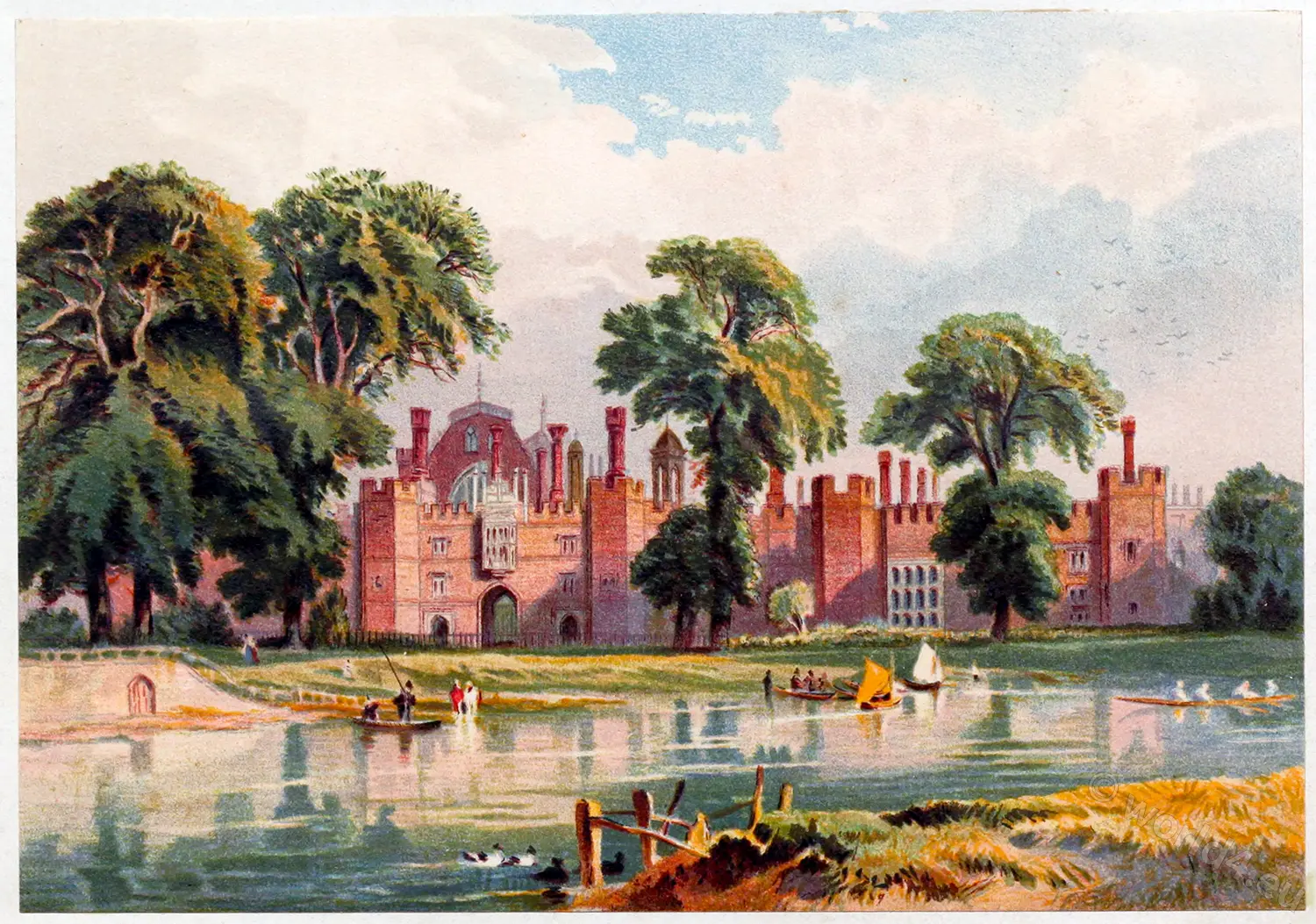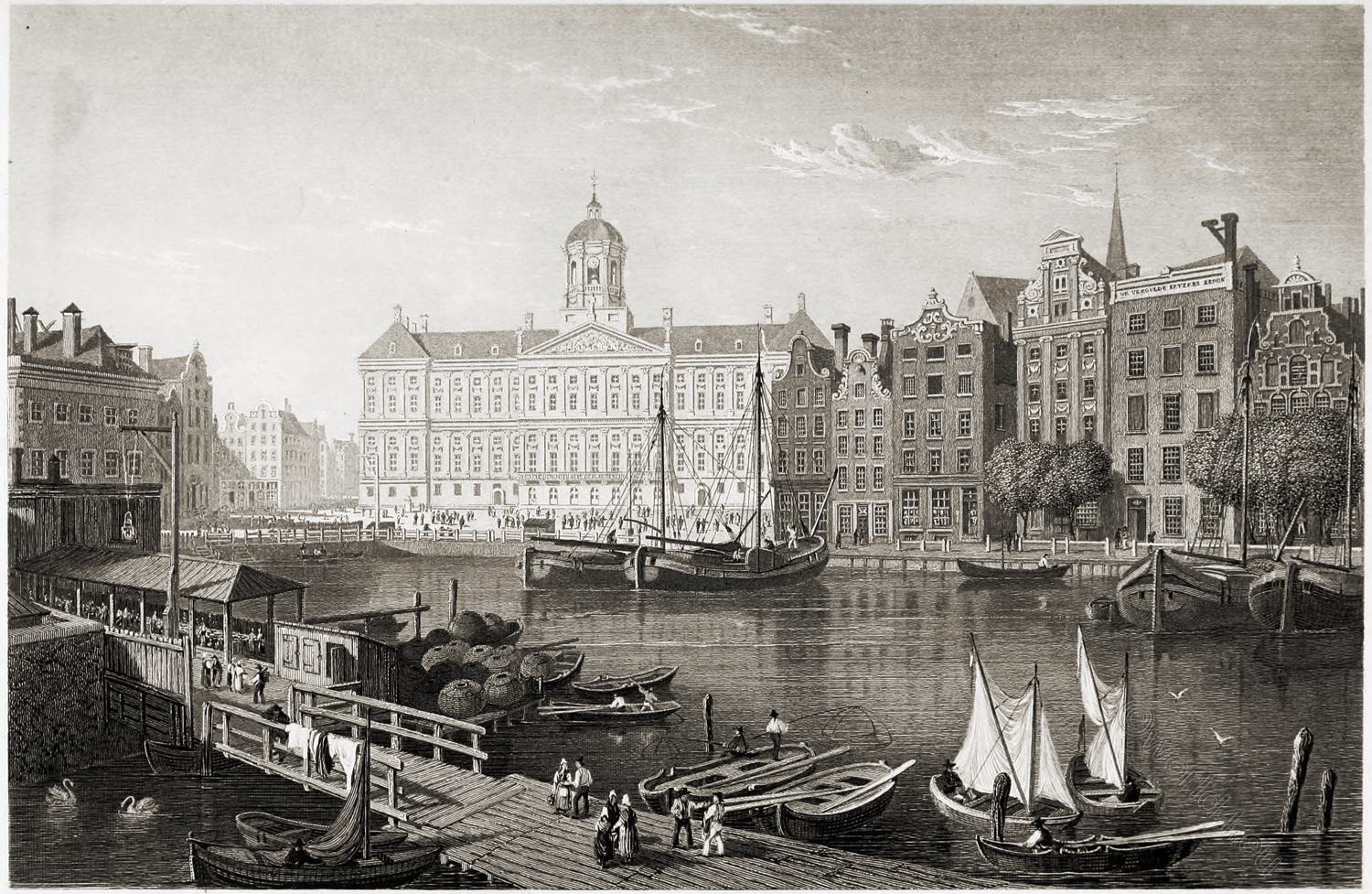
AMSTERDAM, THE DAMRAK, PALACE, &c.
The Dam is the central square of the city of Amsterdam and the most famous city square in the Netherlands. It lies at the centre of the medieval city centre and is the site of numerous buildings of national importance. The dam built here in the 13th century in the river Amstel gave its name to the square as well as to the entire city.
The two main streets leading into it are the boulevards Damrak, built on the filled-in riverbed of the Amstel, which leads north to the Central Station, and Rokin, which leads south to the Muntplein (Mint Square).
The City of Amsterdam is built in the form of a crescent, having the straight side, which subtends the arc, bordered by a long line of quays, washed by the river Y or IJ, a lower course of the Amstel. It is pierced by numerous canals, following the general half-moon shape of the boundary line of fortifications, and communicating at their extremities with the river IJ: these canals are again intersected by others, diverging like radii towards the circumference of a circle.
The name IJ derives from the Germanic words Aa, Ae or Die for “water or body of water”. In Dutch, the name consists of the digraph IJ, which is understood as a single letter, which is why, when substituted by the two letters IJ, both are always capitalised together at the beginning of a word.
The annexed view is taken from a house on the bank of the Damrak, one of the largest canals in the capital, and which runs in a direct line from the IJ to the heart of the city, where it terminates at the large square in front of the Royal Palace. From this point the Palace appears to great advantage; and the scene is rendered very picturesque by the boats in the canal, and the curiously ornamented houses on its banks.
Source: Select views of some of the principal cities of Europe by Robert Batty. London: Moon, Boys, and Graves, 1832.
Continuing
AMSTERDAM & ROTTERDAM. BRUSSELS & ANTWERP.
ROTTERDAM.
AMSTERDAM.
BRUSSELS.
Brussels, from the Hotel de Bellevue.
ANTWERP.
Antwerp, from the Tète de Flandre.
Discover more from World4 Costume Culture History
Subscribe to get the latest posts sent to your email.

